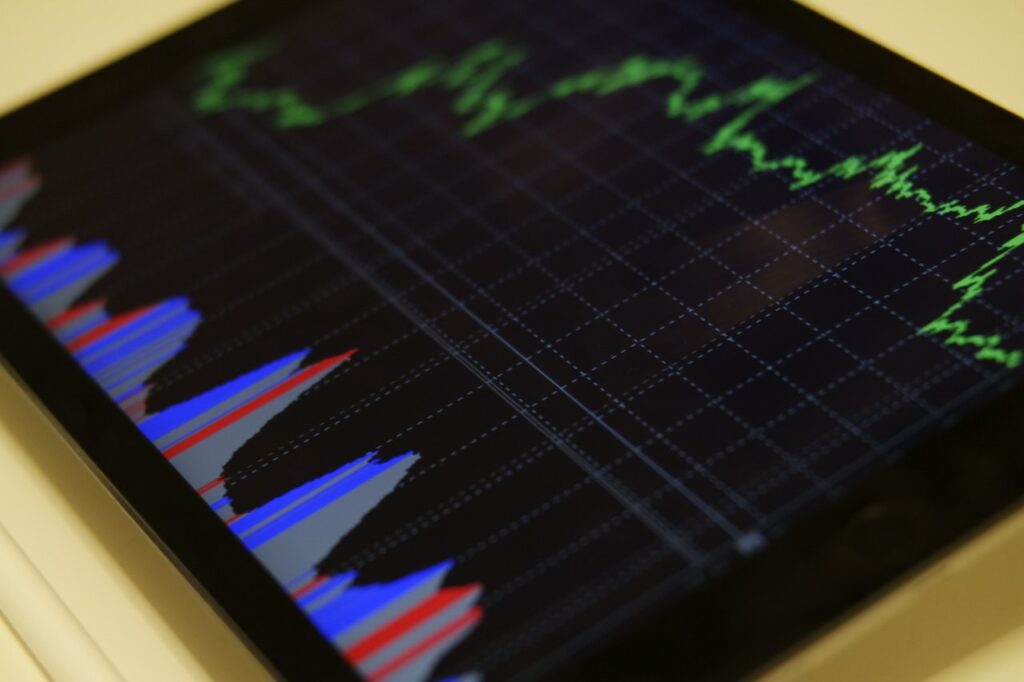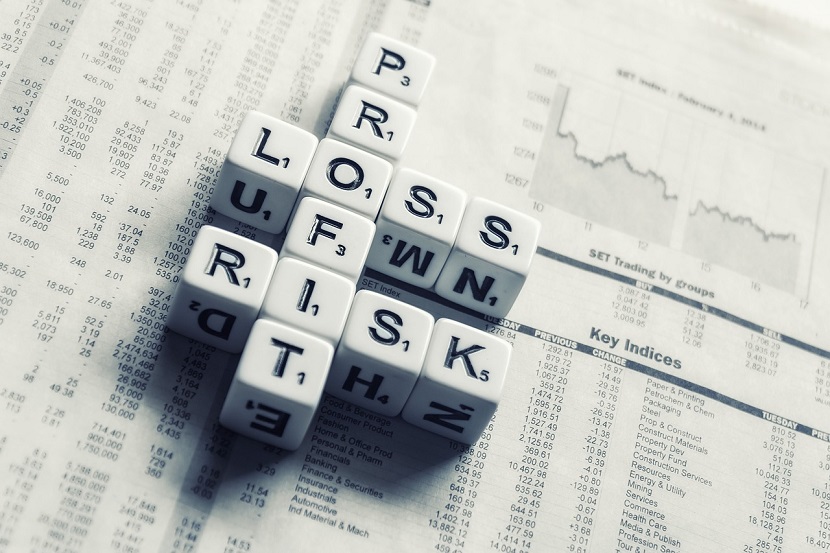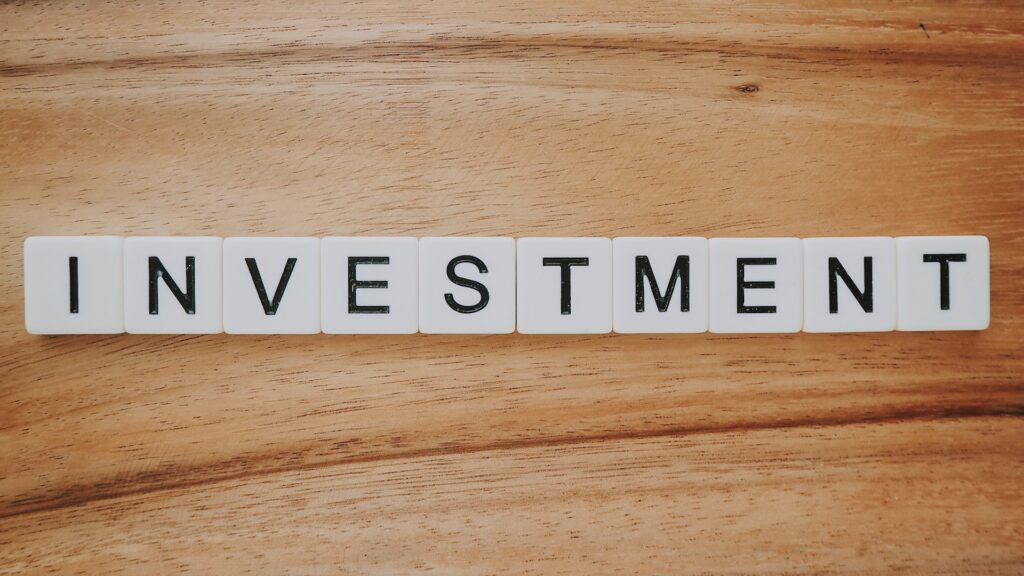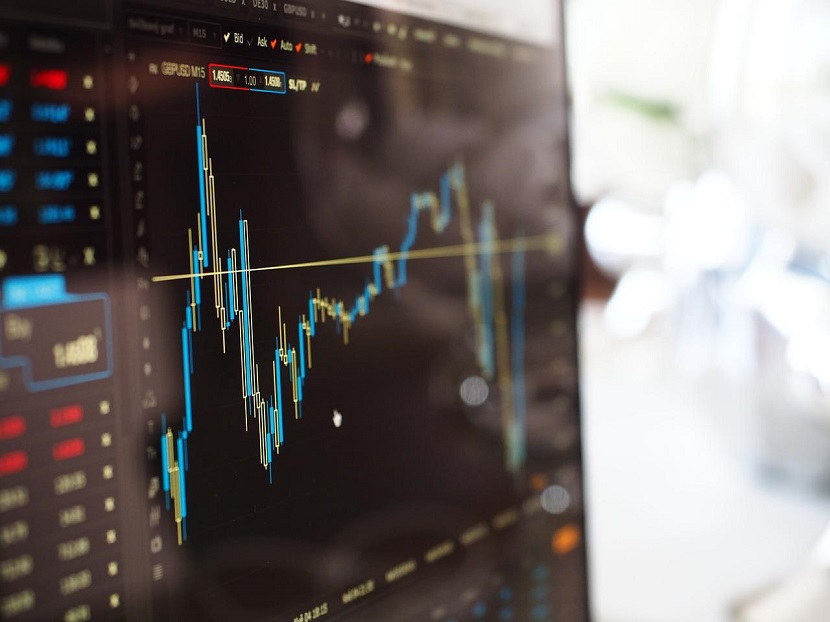The stock markets did not do well in 2022. The S&P 500 had its worst year since 2008, when the Great Recession took away almost 40% of the value of the index. The index of the 500 biggest companies listed on US stock exchanges went down by almost 20% last year. Both the Dow Jones and the Nasdaq had negative returns of 9.40% and 34%, respectively.
As 2023 began, some economists and analysts warned of an upcoming recession that could cause the market to be more volatile, but there isn’t a lot of agreement on this.
Focus on your situation and goals
We don’t know what the market will do in the next 12 months, so it’s important to keep your situation and goals in mind to figure out the best way to move forward as the year goes on. For example, if most of your investments are in a retirement fund and you’re still young, it probably doesn’t make sense to make changes right away based on short-term volatility.
On the other hand, if you have a shorter time horizon—say, you’re retiring in a few years—and your top priority is to keep your money safe, you might want to put your money into safer investments.
In the end, the most important thing is to avoid making hasty decisions, like selling in a panic, that you might later regret. It might be tempting to try to time the market, but it’s almost impossible to do this perfectly, and it could cause you to lose more money.
No matter what you’re doing now, now might be a good time to work with a financial advisor who can give you personalized and unbiased advice on how to best reach your goals.

Investment strategies for volatile markets
Even if you don’t know what the next year will bring, there are steps you can take to improve your chances of making it through.
Automatize the investing
Dollar cost averaging is when you invest the same amount at regular intervals (like once a month), no matter how well your portfolio is doing. Over time, it can even lower your average cost basis, which can help you make more money in the long run.
And if you build your goals into your budget with automatic contributions, you won’t have to worry as much about other costs cutting into your investment opportunities.
If your employer offers a retirement plan, this is easy to do because you can ask your payroll manager to take money out of your pay. You can set up automatic monthly transfers from your bank account to your individual retirement account, brokerage account, or other type of investment account.
Diversify your portfolio
Diversifying your portfolio across different types of assets is a common way to lower your risk. For example, when the economy is bad, utilities, health care, and consumer staples stocks tend to do better than stocks in retail, travel, and hospitality.
You can also look for ways to spread your investments across different kinds of assets. For example, Treasury securities and bonds may not give you a lot of money back, but they won’t lose money. Think about a wide range of financial instruments to try to lower your risk without reducing your chances of making money too much.
In 2023, it will also be a good idea to cross the border to find the best stocks. Different countries are at different stages of growth, which affects the returns on their companies’ stocks. Holding stocks on different exchanges can help protect against market volatility.

Understand your risk tolerance
The amount of risk you’re willing to take as an investor is your risk tolerance. It can be affected by a number of things, like how soon you need to get the money you’re investing. If your main goal is to protect your investments so you can get to them quickly when you retire, you probably have a low tolerance for possible loss.
As you decide how to invest your money, think about how willing you are to take risks for the chance of higher returns.
Risk-tolerance questionnaires that you can fill out online can help you figure out where you stand. In general, the most important thing is to think about how you feel about how your money is currently invested and how economic uncertainty could affect your goals.
Keep an eye on fees
High fees can cut into your investment returns, so it’s important to keep an eye on the fees you’re paying. Look for low-cost investment options, like well-managed index funds, which can help you keep more of your returns.
Let’s say that 10 years ago, you put $10,000 in the Vanguard 500 Index Fund. Because the fund has low management fees, your dividend-adjusted returns would be only $110 less than the theoretical gains of the S&P 500. A mutual fund matching the same index but charging higher fees, such as the Franklin S&P 500 Index A mutual fund, would have cost an additional $1,540.
Also, you want to avoid paying fees and commissions when you trade. Most online stock brokers now let you trade stocks without paying any fees. However, you may still have to pay fees if you invest in fractional shares, stock options and futures, cryptocurrencies, mutual funds, and other investments. Keep an eye on these fees and try to avoid them if you can.

Choose dividend-paying stocks
Analysts are very bullish on dividend stocks for the year 2023. Investors’ hope in the market is kept alive by the steady income they get from dividends. When the market isn’t stable, these stocks are very important.
AT&T (NYSE:T) at 7.3%, Altria Group (NYSE:MO) at 7.9%, Imperial Brands (GB:IMB) at 6.7%, Allianz (DE:ALV) at 5.3%, and more are all stocks with high dividend yields. The Highest Dividend Stocks tool on TipRanks gives a full list of all the companies that pay high dividends, which can be compared in different ways. When investors buy these stocks, it will help them deal with the stress of high inflation and unstable stock prices.
Combine value and growth stocks
As Warren Buffet once said, “Growth and value investing are joined at the hip.”
With the right mix of growth and value stocks, an investor can protect themselves from any change in the economy. Both of these strategies balance out the overall returns because they have different risk tolerances, dividend payments, and time frames.
When there is a recession, value stocks do better, and analysts think this will continue in the first half of 2023. But by the end of 2023, returns might start to go back in favor of growth companies.
Invest in index funds
The main goal of an index fund is to match the returns of any major stock exchange, like the FTSE 100, the Nasdaq Composite, etc. In 2023, it’s likely that index funds will be a safe choice for investors. First, these funds give you a lot of different options, which is exactly what you need right now. With the money, the investor can buy a lot of different stocks, which spreads out the risk. Second, the fact that index funds are easy to manage saves investors a lot of time and work.
Investors can go a long way with a mix of index funds and single stocks.



